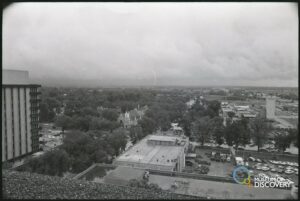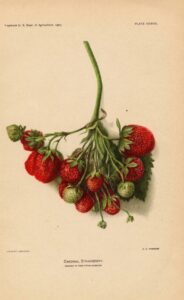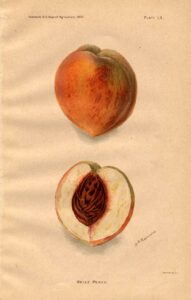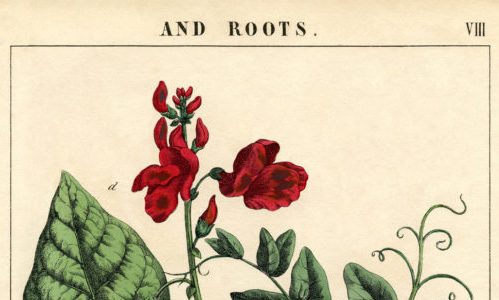These days, a drive around Fort Collins always includes orange traffic cones, route deviations, and a horizon line crossed with a building crane. We are growing, aren’t we? Fort Collins residents of the 1960s felt the pressure of growth as well:
“City planners were hard pressed to keep up with the city’s growth, especially in the rapidly developing suburbs. Fort Collins’ population almost tripled between 1950 and 1970. New industries, such as Kodak and Aqua Tec, were locating in the area, attracting more people. The Chamber of Commerce reported that industrial employment rose from 1,068 in 1960 to 3,411 in 1969. Builders tried to keep pace with the growth as all-time records were set for private construction. A consequence of these efforts was the building of Fort Collins’ first skyscrapers. The twelve-story First National Bank Tower and the eleven-story Home Federal Savings Building (now Norwest) were built in 1968.” (From “Timeline 1960”, www.history.fcgov.com )
Plans for First National Bank’s twelve-story “condominium” office building at 205 West Oak were publicly announced on November 19, 1967; less than two years later, Fort Collins residents celebrated its completion. According to the Denver Post, “An estimated 12,000 persons attended the recent one week long celebration opening the First National Bank’s 12 story building” (7-6-1969 4/5).
Here’s a shot of the “new” building from June 16, 1969: 
Here’s a ribbon-cutting picture taken at the opening, also from June 16, 1969: 
This aerial shot shows the cityscape northeast of the new tower: 
Building is a messy process. To actualize this (a rendering of the “new” courthouse, circa 1969): 
You gotta go through a lot of this:  and
and 
Continue Reading










 and
and 

